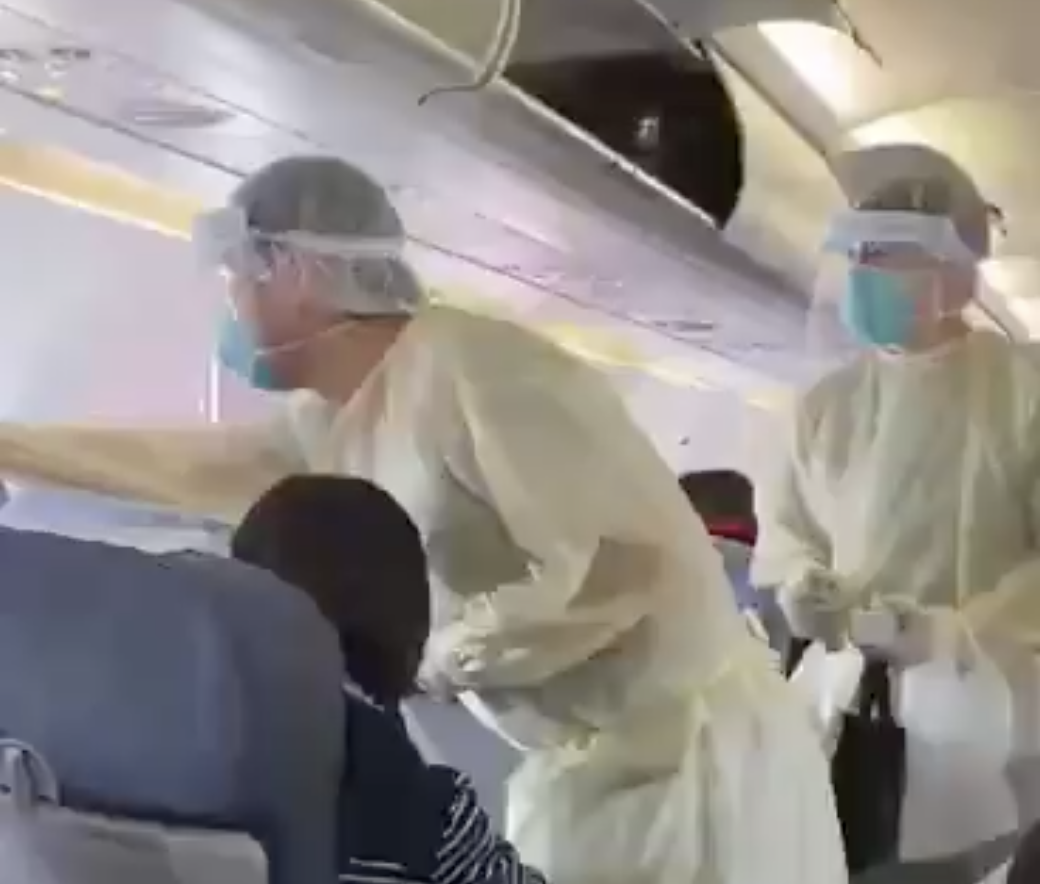This website uses cookies so that we can provide you with the best user experience possible. Cookie information is stored in your browser and performs functions such as recognising you when you return to our website and helping our team to understand which sections of the website you find most interesting and useful.

Authorities are taking urgent steps to contain the spread of a new virus in China, after officials admitted that at least 15 health workers who had contact with patients have now themselves been infected.
The Chinese government announced for the first time late on Monday that the novel coronavirus, which causes pneumonia-like symptoms and has led to four deaths, can be spread between humans.
Speaking on state TV, leading health expert Zhong Nanshan said that 14 medical staff had been infected by a single carrier in the city of Wuhan, where the coronavirus is believed to have first transmitted from animals to humans at a seafood market.
Dr Zhong is one of the Chinese government’s top SARS specialists, and his appearance on TV heightened concerns of an outbreak similar to that which spread from China to more than a dozen countries in 2002-3, killing at least 800.
Since China first reported the new virus to the WHO on 31 December, there have been at least 217 confirmed cases and travellers from Wuhan have been isolated in Japan, Thailand, South Korea and - in the latest incident - possibly Australia.
Queensland’s health agency said on Tuesday it was testing a man in quarantine after he returned to Sydney from central China with a respiratory illness. The state’s chief medical officer told ABC News the results from a generic test for coronavirus were still being awaited.
In the meantime, Australia said it would be increasing airport screening measures. The country receives a significant number of travellers from China, including three direct flights a week from Wuhan into Sydney, and these flights will be met by border security and biosecurity staff for assessments, the national chief medical officer Brendan Murphy told reporters.
China’s Dr Zhong said catching so-called “super-spreaders” - people in the most virulent stage of illness - was the key to preventing a major SARS-like outbreak.
Banning people with symptoms from leaving Wuhan was the best way to do this, he said. Videos on social media showed health workers in protective clothing screening passengers on board what was described as a domestic flight out of the city.
“At present, there is no special cure for this new coronavirus, [we are] conducting some tests with animals,” Dr Zhong said on TV, according to the South China Morning Post. “We expect the number of infected cases will increase over the Lunar New Year travel period and we need to prevent the emergence of a super-spreader of the virus.”
President Xi Jinping also gave his first public statement on the crisis on Monday, saying that the virus must be “taken seriously” and “resolutely contained”. “Party committees, governments and relevant departments at all levels should put people's lives and health first,” he said.
In Japan, prime minister Shinzo Abe told a meeting with ministers that the country must “step up our caution levels as the number of patients is continuing to rise in China”.
Japan, South Korea, Hong Kong and other places with extensive travel links to China are also enacting stricter screening measures.
At least three US airports have started screening incoming airline passengers from central China.
And the UAE, whose Dubai International Airport is one of the busiest in the world and receives direct flights from Wuhan, said measures had been taken to sure all ports of entry were “on standby to handle coronavirus cases”.
Experts said that the scale and urgency of the precautionary measures taken by authorities across the world should give hope that an outbreak like 2002-3 can be avoided.
Gabriel Leung, dean of medicine at the University of Hong Kong, said Chinese authorities in particular have responded much more quickly this time.
Dr Leung, who was heavily involved in the response to SARS, said modeling shows that cases will multiply over the coming weeks but the outbreak will gradually lose momentum as precautionary measures take effect.
He told reporters at a briefing: “Our underlying assumptions are, the force of infection is very different now ... because so many public health measures have been undertaken and so many interventions have been executed.”
What is a coronavirus, and what are the symptoms?
Coronaviruses are a group of virus that cause respiratory infections – diseases ranging from the common cold to SARS (severe acute respiratory syndrome) and MERS (Middle East respiratory syndrome).
The novel coronavirus, which was isolated on 7 January, is only the seventh of its kind known to science that can infect humans.
The virus causing the current outbreak is different from those previously identified, Chinese scientists said earlier this month.
Initial symptoms of the novel coronavirus are mainly fever, with some experiencing coughing, tightness of the chest and shortness of breath.
Scans on some patients have shown fluid in the lungs consistent with viral pneumonia. Each of the four cases that has led to deaths involved patients with other underlying health conditions.
Read more about the coronavirus outbreak and the official response here.



 Africana55 Radio
Africana55 Radio 

